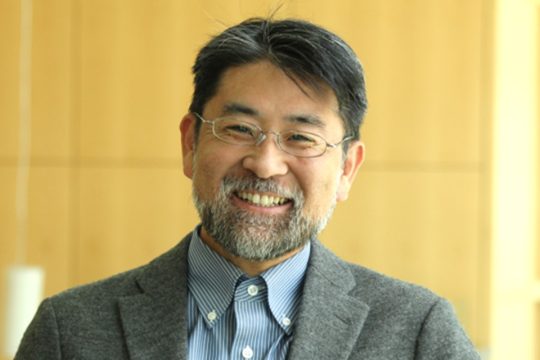The Egeblad lab studies the contributions of the tumor microenvironment – in which cancer cells arise and live – to therapy responses and metastasis. Solid tumors are abnormally organized tissues that contain not only cancer cells, but also various...
Epithelial-to-mesenchymal transition (EMT) is a cellular lifestyle change that produces highly invasive cells that can migrate long distances in the body. These processes are critical for normal embryonic development but are often reactivated in disease states such as cancer...
Redox regulation plays a central role in signal transduction processes operating in the brain. Aberrant redox signaling is a hallmark of several neurodegenerative diseases such as Alzheimer’s disease, Huntington’s disease, Parkinson’s disease, Amyotrophic Lateral Sclerosis and various Ataxias. It...
Research in my laboratory is focused on understanding the molecular mechanisms of multi-subunit assemblies involved in synaptic communication. We are particularly interested in elucidating the structural thermodynamics that govern subunit assembly, ligand binding, and allosteric control of neurotransmitter receptors....
My laboratory has taken a multidisciplinary approach to understand the cellular and molecular mechanisms of different types of somatosensations including pain and itch, which are initiated and mediated by primary sensory neurons in dorsal root ganglia (DRG). We identified...
Our laboratory’s research focuses on understanding (1) how cells measure levels of available nutrients and (2) how cells adapt to changes in nutrient supply to control metabolic homeostasis. Our studies have primarily centered on changes in cholesterol and oxygen...
Mechanisms of gradient sensing and chemotaxis are conserved in mammalian leukocytes and Dictyostelium amoebae. Both cells use G protein linked signaling pathways. PH domains specific for PtdIns(3,4)P2 and PtdIns(3,4,5)P3 bind to the membrane at the leading edge of the...
Research Focus Our research focuses on “synthetic cell biology” to dissect and reconstitute intricate signaling networks. In particular, we investigate positive-feedback mechanisms underlying the initiation of neutrophil chemotaxis (known as a symmetry breaking process), as well as spatio-temporally dynamic...










